Podcast: Play in new window | Download ()
Subscribe: RSS
When it comes to the management of Temporo-manidbular Joint Disorders, we often NEED to adopt a multidisciplinary approach. I am a strong advocate of Dentists involving TMJ Physiotherapists (yes, they exist!) to help their patients. In this episode I am joined by The TMJ Physio Krina Panchal!
Interestingly enough, Physiotherapists in the UK do not cover the TMJ in their studies – it is a postgraduate niche that Krina has travelled the world to learn – which is why I respect her even more!
Protrusive Dental Pearl – have you checked out the ‘Bruxchecker’ foil as a tool to help diagnosis of Bruxism and much more? I comprehensively reviewed this product and thought it was very clever!
In this episode I ask Krina:
- Whats the evidence that Physiotherapists can help our TMD patients?
- What does she think is the biggest aetiological factor for TMD?
- What is the most common diagnosis she makes, and what is her management of that diagnosis
- What should a Dentist do if, after a long procedure, the patient gets acute disc displacement without reduction?
- What kind of cases should we be working with physios for?
I will add the promised downloads on to the Protrusive Dental Community Facebook Group (are you part of the Protruserati?!)
If you enjoyed this episode, check out Stay Away from TMD – why you should think carefully before niching down to TMD as a Dentist.
If you want to learn about Occlusal appliance as a protective appliance, to help with pain or as part of pre-restorative management, do check out the SplintCourse which launched a few days ago with a big bang!
Click here to download the full Course Outline
Enrollment ends 19th March at 10pm UK time so I can focus on Monthly Coaching! Thanks for your support, Protruserati!
Enroll now to SplintCoure Online to finally understand Occlusal appliances!
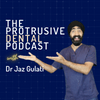

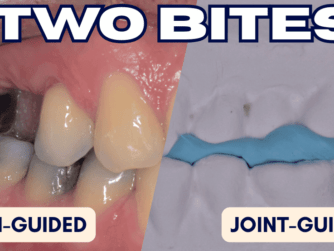
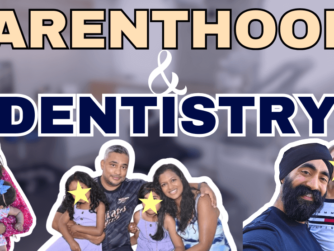
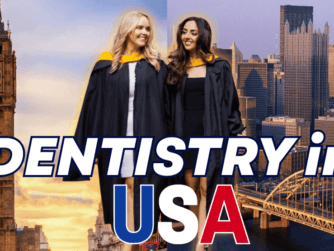
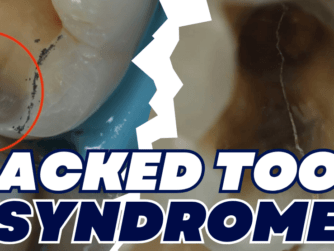


[…] If you enjoyed this episode, check out TMJ Physiotherapy – When to Refer and How They can Help […]
[…] If you enjoyed this episode, check out another episode from Dr. Krina Panchal TMJ Physiotherapy – When to Refer and How They Can Help […]